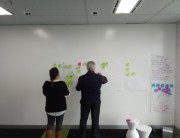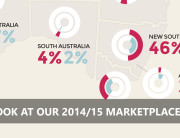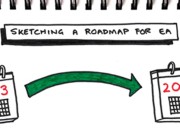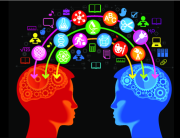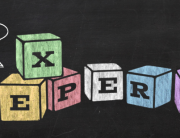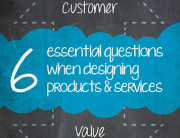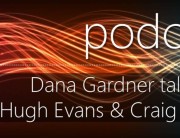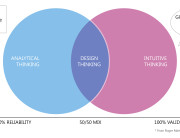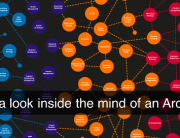WHITE PAPER
What is a Customer?
- “In our division any internal unit we cross charge services to is called a Customer”
- “Marketing call Customers Clients”
- “Sales refer to Prospects and Suspects, but to me they all look similar to Customers”
- “We have “Customers” even though they haven’t placed an order – it’s about the Customer status”
This is by no means an unfamiliar dialogue when trying to get agreement on terms for a Business Modelling or Architecture planning exercise. There’s no point in trying to define business processes, goals, motivations and so on unless we have a common understanding on the language of the things we’re describing.
Since data has to be understood to be managed, it stands to reason that something whose very purpose is to gain agreement on the meaning and definition of data concepts will be a key component. That is precisely what a high level data model provides.
At its heart, the conceptual data model provides the unifying language, lingua franca, the common vocabulary upon which everything else is based. Each other modelling technique within the complimentary architecture disciplines will interact with each other, forming a supportive; cross checked, integrated and validated set of techniques.
The data model is not just (sometime it’s never) about technical DBMS design.
The way in which data modelling is being taught in many academic institutions and it’s perception in many organisations does not reflect the real value that data models can realise. Information Professionals must move away from the DBMS design mentality and deliver models in consumable formats which are fit for many purposes, not simply for technical design.
Data Modelling is not simply the domain of the Information Professional. Today’s organisations need people who are able to manage, exploit and communicate the benefits of data to deliver a reduction in cost, improve data quality, simplify data integration, improve asset management, provide insight and comply with regulation.
Data IS a corporate asset. Most people are stakeholders and everyone consumes it.
This paper helps Information Professionals grapple with the challenges and will help organisations to understand, present and make data models relevant in today’s environment.











